GraphQL Federation for Large-Scale Systems: Unlocking Modular APIs
As organizations grow, managing a single monolithic GraphQL API can quickly become a bottleneck. Multiple teams work on different features, services evolve independently, and scaling a single server to handle all queries can be challenging. To address these challenges, GraphQL Federation provides a way to compose multiple GraphQL services into a single, unified API while giving teams the flexibility to work independently.
What is GraphQL Federation?
GraphQL Federation is an architectural approach introduced by Apollo that allows modularization of GraphQL APIs. Instead of maintaining a single server that handles all client requests, multiple microservices—called subgraphs—expose their own GraphQL schemas. A federation gateway then stitches these schemas together, providing clients with a single unified API.
This approach is especially useful for large-scale systems where different teams are responsible for different domains, such as user accounts, orders, inventory, or payments.
Why Use GraphQL Federation for Large-Scale Systems?
-
Team Autonomy
Each team can develop, deploy, and maintain its own subgraph independently. This reduces inter-team dependencies and accelerates the development cycle. -
Scalability
Subgraphs can scale individually based on the traffic they receive. For example, anOrderssubgraph can be scaled independently of theAccountssubgraph, ensuring consistent performance during peak load. -
Schema Modularity
Teams can focus on their domain-specific types and resolvers. The gateway automatically combines these schemas into a unified API, enabling seamless integration across services. -
Reduced Coupling
Services communicate through the federated schema rather than directly with each other, reducing tight coupling and improving maintainability. -
Improved Maintainability
Smaller, domain-focused schemas are easier to test, maintain, and extend. Changes in one subgraph are less likely to break the overall API.
How GraphQL Federation Works
GraphQL Federation relies on three main components:
-
Subgraphs: Independent GraphQL services that expose types, queries, and mutations relevant to a specific domain.
-
Gateway: The central entry point for client requests. It composes the subgraph schemas and coordinates query resolution across services.
-
Entities & References: Subgraphs can reference types from other subgraphs. For instance, an
Orderssubgraph can reference aUsertype defined in theAccountssubgraph, enabling cross-service queries without duplicating types.
Example:
Imagine an eCommerce platform where:
-
The
Accountssubgraph manages user information. -
The
Orderssubgraph handles order details. -
The
Inventorysubgraph tracks product stock.
Using federation, a single query can fetch user details, their recent orders, and product availability, even though each piece of data comes from a different subgraph.
Challenges and Considerations
While GraphQL Federation provides many benefits, it comes with certain complexities:
-
Query Planning Complexity: The gateway must plan queries across multiple subgraphs efficiently, ensuring minimal latency.
-
Network Latency: Cross-service queries can introduce additional network calls, which must be optimized to maintain performance.
-
Versioning & Compatibility: Subgraph changes should maintain backward compatibility to prevent breaking the unified API.
-
Monitoring & Debugging: With multiple services involved, tracking down performance bottlenecks or errors can be more complex than in a monolithic setup.
Best Practices for Large-Scale Federation
-
Keep subgraphs focused on specific domains to reduce complexity.
-
Use consistent naming and type conventions across subgraphs.
-
Monitor gateway performance, cache frequently used queries, and optimize network requests.
-
Avoid circular references between subgraphs.
-
Implement automated testing for subgraphs and the gateway to catch breaking changes early.
FAQs
1. Is GraphQL Federation the same as schema stitching?
No. While schema stitching merges multiple schemas, it doesn’t offer advanced features like entity references, type extensions, or distributed ownership. Federation is purpose-built for large-scale, multi-team environments.
2. Can I use GraphQL Federation with non-Apollo servers?
Yes, but Apollo provides the most complete and supported implementation. Some community solutions exist for other servers, though they may not support all federation features.
3. How does federation handle authentication and authorization?
The gateway can enforce authentication globally, or each subgraph can handle its own access control. Often, a hybrid approach is used for flexibility and security.
4. What are the common pitfalls to avoid?
-
Overcomplicating subgraphs or creating too many small services.
-
Circular type references between subgraphs.
-
Neglecting caching and query optimization at the gateway.
5. Is GraphQL Federation suitable for small projects?
For small-scale projects, federation can introduce unnecessary complexity. A monolithic GraphQL API is typically simpler and more efficient in such cases.













 2025. All rights reserved
2025. All rights reserved